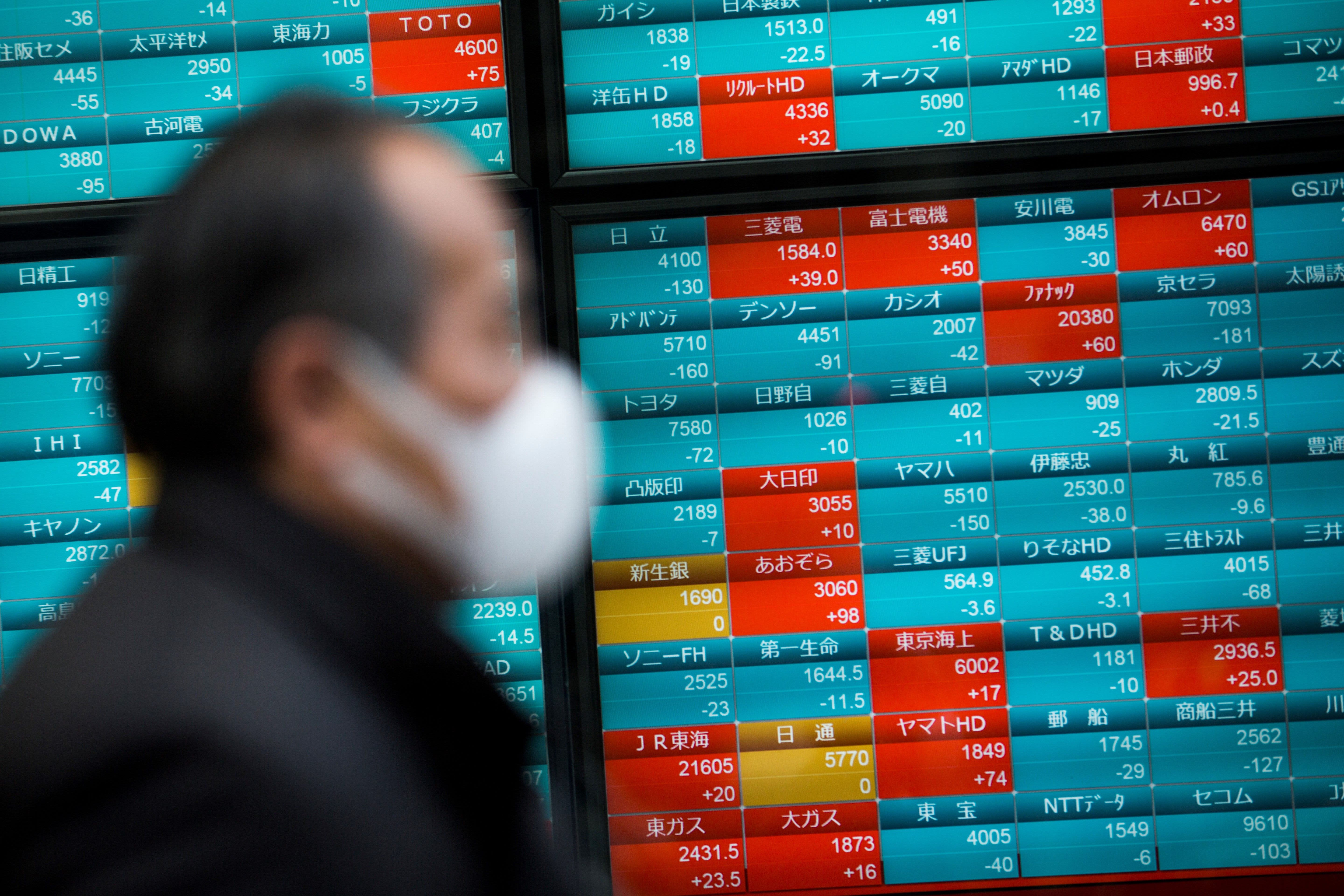
Stocks in Asia Pacific were mixed on Tuesday as a private survey showed Chinese manufacturing activity in August expanding at its fastest pace in nearly 10 years.
Mainland Chinese stocks recovered from an earlier slip to rise on the day, with the Shanghai composite up 0.44% to about 3,410.61 while the Shenzhen component added 0.665% to around 13,849.66. Hong Kong's Hang Seng index was 0.14% lower, as of its final hour of trading.
The moves came as the Caixin/Markit manufacturing Purchasing Managers' Index (PMI) for August came in at 53.1. On Monday, China's official manufacturing PMI for August came in at 51.0, according to the country's National Bureau of Statistics.
Following the release, the onshore Chinese yuan strengthened to 6.825 per dollar, as compared to levels above 6.84 against the greenback seen yesterday. Its offshore counterpart changed hands at 6.8245 per dollar.
Economic data releases from China have been watched by investors for signs of the country's recovery from the coronavirus pandemic. PMI readings above 50 signify expansion, while those below that figure indicate contraction. PMI readings are sequential and indicate on-month expansion or contraction.
"The strong yuan story is really the flipside of the weaker dollar," Clive McDonnell, head of equity strategy at Standard Chartered Private Bank, told CNBC's "Street Signs" Tuesday.
"For now, it does seem that the weaker dollar is set to continue and in line with that, yuan strength will continue unless we see some … sharp developments as we head towards the November presidential election," McDonnell said.
Elsewhere, the S&P/ASX 200 in Australia led losses among the region's major markets as it fell 1.77% on the day to 5,953.40.
In Japan, the Nikkei 225 closed little changed at 23,138.07 while the Topix index shed 0.15% to end its trading day at 1,615.81. South Korea's Kospi added 1.01% to close at 2,349.55.
Overall, the MSCI Asia ex-Japan index gained 0.39%.
Australian central bank rate decision
Meanwhile, the Reserve Bank of Australia (RBA) on Tuesday maintained its targets for the cash rate and yield on 3-year Australian Government bonds.
In a statement announcing the monetary policy decision, RBA Governor Philip Lowe also said the central bank would expand a program of funding for banks and extend its availability. "Under the expanded Term Funding Facility, authorised deposit-taking institutions (ADIs) will have access to additional funding, equivalent to 2 per cent of their outstanding credit, at a fixed rate of 25 basis points for three years. ADIs will be able to draw on this extra funding up until the end of June 2021," Lowe said.
Commonwealth Bank of Australia's Gareth Aird wrote in a note that the Term Funding Facility "provides a source of low-cost funding for the banking system that keeps borrowing costs low for households and businesses."
"This is not direct stimulus, however, and should not be conflated with the Government's fiscal injection into the economy," said Aird, who is head of Australian economics at the firm.
Following the RBA's announcement, the Australian dollar last changed hands at $0.739 following a rise yesterday from levels around $0.735.
Overnight stateside, the S&P 500 and Dow Jones Industrial Average wrapped up their best August performances in decades. The Dow fell 223.82 points, or 0.8%, to end its trading day on Wall Street at 28,430.05 and the S&P 500 shed 0.2% to close at 3,500.31. The Nasdaq Composite gained 0.7% and finished its trading day at 11,775.46.
The Monday moves left the Dow up 7.6% for August, its biggest gain for that month since 1984. The S&P 500 rose 7% for the same month, notching its best August performance since 1986.
The U.S. dollar index, which tracks the greenback against a basket of its peers, was last at 91.861 following an earlier slip from around the 92.4 mark.
The Japanese yen traded at 105.70 per dollar after seeing levels around 105.5 against the greenback yesterday.
Oil prices were higher in the afternoon of Asian trading hours, with international benchmark Brent crude futures up 1.19% to $45.82 per barrel. U.S. crude futures also gained 1.2% to $43.12 per barrel.
Business - Latest - Google News
September 01, 2020 at 06:35AM
https://ift.tt/3lCWWJ6
Asia Pacific stocks mixed as China's manufacturing activity in August beats forecasts - CNBC
Business - Latest - Google News
https://ift.tt/2Rx7A4Y
Bagikan Berita Ini















0 Response to "Asia Pacific stocks mixed as China's manufacturing activity in August beats forecasts - CNBC"
Post a Comment